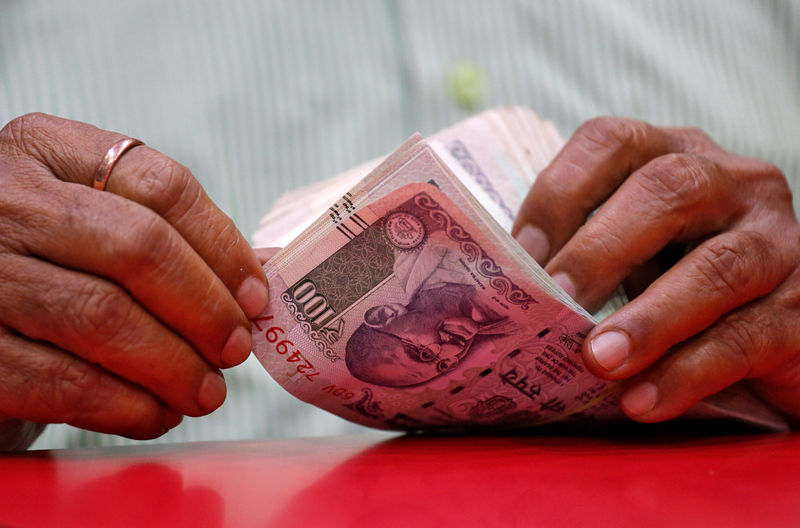Hedge funds cut NFLX, keep big bets on MSFT, AMZN, add NVDA
The Indian rupee struggled to maintain its initial gains due to significant dollar purchases by state-run banks, which were likely acting on behalf of oil companies.
Despite opening stronger at 86.56 against the U.S. dollar, the rupee was unable to sustain the uptick, hovering around 86.6900 by midday, almost unchanged from its Friday close.
The early morning gains, which saw the rupee hit 86.51 on the interbank order system, were quickly offset by aggressive dollar buying from state-run banks.
According to the head of FX and rates at a bank, these banks were consistently purchasing dollars throughout the day, presumably for their oil clients. There was also speculation that the dollar acquisition might be partly for the Reserve Bank of India (NSE:BOI) (RBI) to bolster its foreign exchange reserves, although this was considered a minor possibility by a currency trader at a bank.
The Indian stock market’s performance on Monday also contributed to the rupee’s inability to hold onto its early gains. Indian equities fell, following a downturn in U.S. stock markets, which traders cited as another reason for the rupee’s weakness.
In contrast to the rupee’s challenges, the dollar was experiencing difficulties of its own, declining against major peers and Asian currencies amid concerns that U.S. tariffs could negatively affect the American economy.
U.S. business activity in February nearly came to a halt, with consumer sentiment falling to a 15-month low and inflation expectations surging, as revealed by data released on Friday. These economic worries were reflected in the dollar’s performance on the global stage, adding a layer of complexity to the currency dynamics observed on Monday.
This article was generated with the support of AI and reviewed by an editor. For more information see our T&C.
